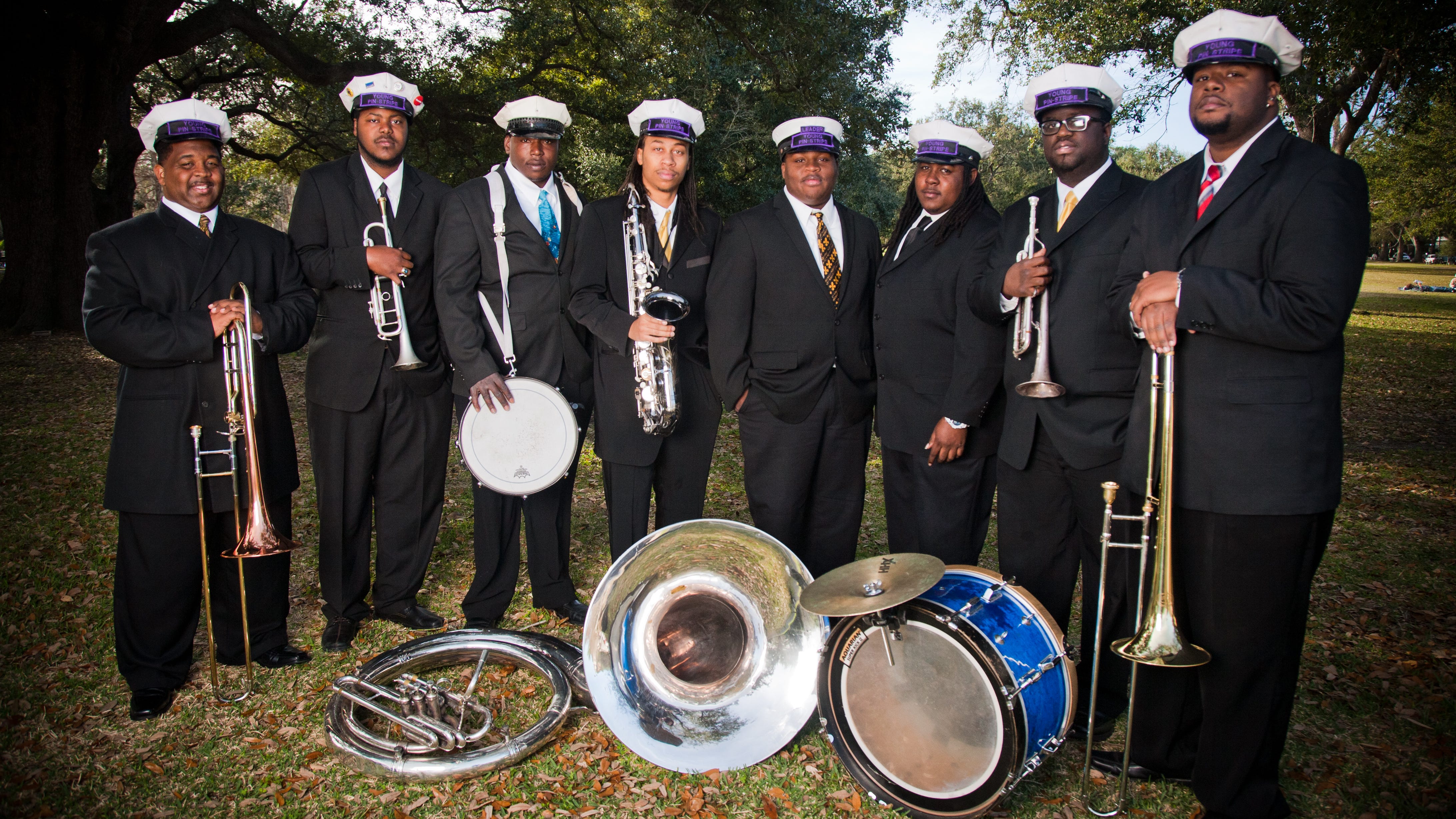The Old-School Tuba Player Fighting for the Soul of New Orleans Jazz
There will be plenty of hip-hop and funk infiltrating this month's Jazz Fest. But one fourth-generation musician is making sure young people don’t forget the music that built this city.

Photos by Zack Smith
When Herbert McCarver IV was a kid, his father used to sneak into the living room at night to listen to jazz after everyone had fallen asleep. Much to the dismay of his mother, his father would sometimes pull out his drum set and play along with the tracks. McCarver – lured by the sounds coming through his bedroom walls – would join his old man, just watching, a young boy in awe.
“I thought, wow, this is something I really want to do,” recalls McCarver. “It was amazing.”
He would get his wish. McCarver’s great-grandfather, grandfather, and father all played jazz in New Orleans, and today he is a stalwart defender of the city’s traditional music.
“My brother started off on trombone. He wants to be a rapper now. My cousin touched the drums a little bit in high school, but none of them stayed in the music world,” McCarver says. “It’s really all on me now.”
This year, McCarver’s band the Young PinStripe Brass Band will play at New Orleans’ legendary Jazz Fest. They’re one …
Keep reading with a 7-day free trial
Subscribe to Narratively to keep reading this post and get 7 days of free access to the full post archives.



